Nothing too exotic today (though do look at the video clip at the end). I was playing around with my EF 400mm f/5.6L USM prime lens between rain showers. It’s a good lens but in the past I’ve had difficulty consistently achieving sharp shots with it. That’s partly because it lacks image stabilization, but I’ve also suspected it needed calibrating (which is possible on the 7D). A few test shots seemed to indicate it was focusing short (i.e slightly in front of the image). I tested various settings (trial and error) and found a 10 point adjustment seemed to do the trick. The camera retains the settings on a lens-by-lens basis, so I should now be able to forget about it and get on with the business of taking photos. See what you think 😉
First a couple of photos of one of the ubiquitous garden woodpigeons.
Now for a the equally common jackdaws.
My favourite sequence though was a magpie. A pair were flying back and forth between the gardens for most of the afternoon (their nest is about six gardens away).
All in all I’m reasonably pleased with the results. The lack of stabilization does mean I need to work harder to get the shots, and I certainly need decent light to keep the shutter speed high. The adjustment does seem to have helped and I achieved a better ratio of keepers than usual. What I would really like though is this (unlikely to happen any time soon).
Now for the video clip. It’s a female badger showing signs of lactating. 😀
Camera note: all photos taken with the Canon 7D and EF 400mm f/5.6L USM lens.
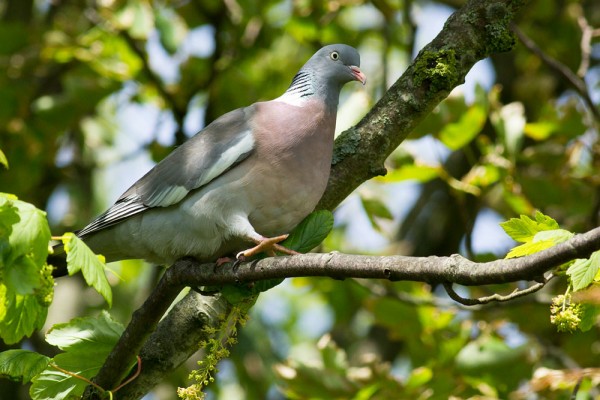
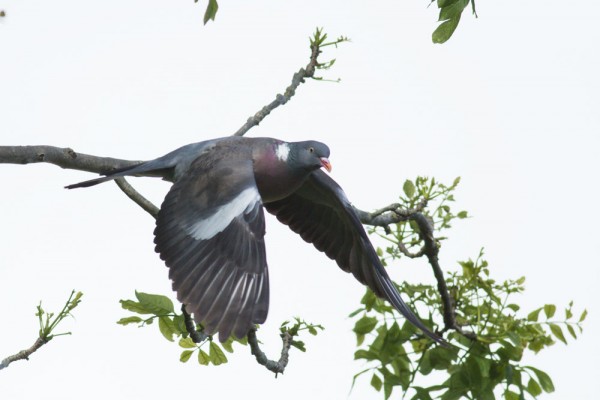
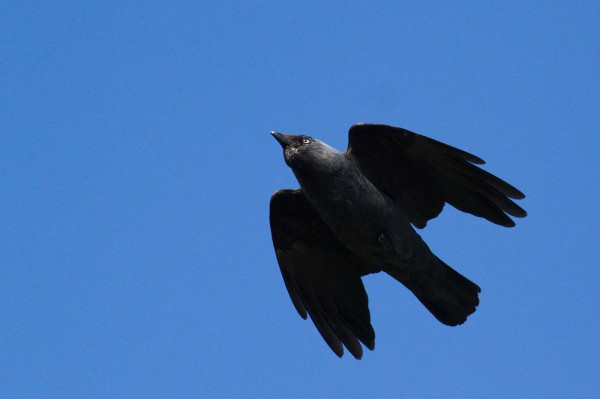
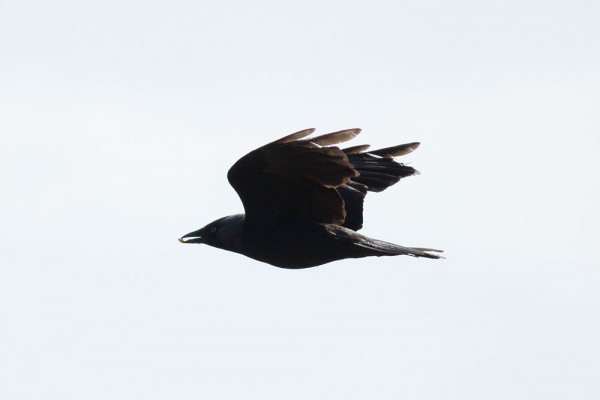
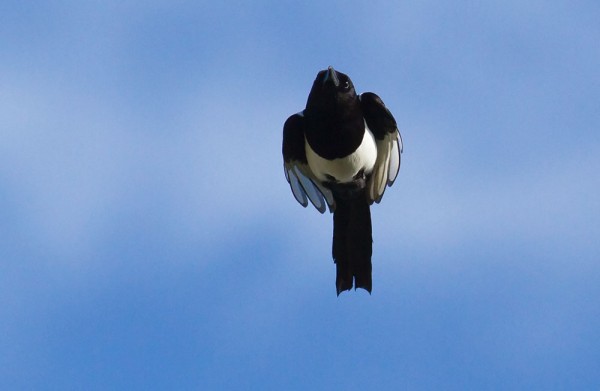
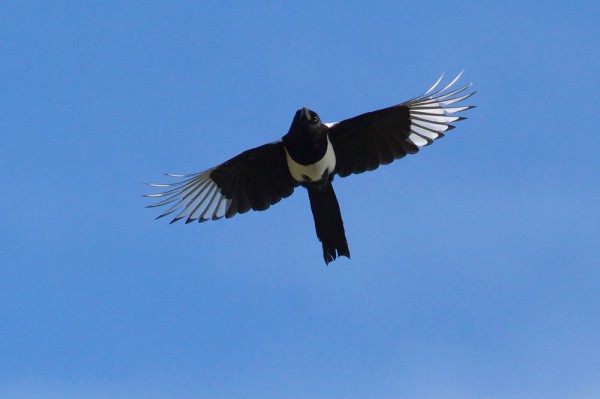
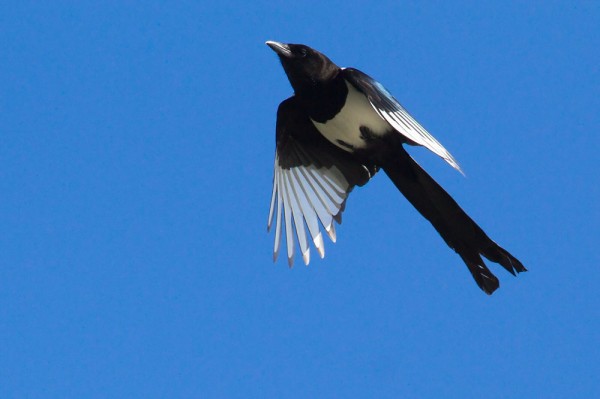
Darko
25 May 2014Good to see that badgers are still around.
Nice photographs of magpies, especially the first one!!!
I thought that all Canon lenses have IS now. Obviously I was wrong 😛
Words
26 May 2014Darko, quite of lot of Canon lenses don’t have IS. Neither of my long primes have stabilization , though the zooms do. It can add a huge amount to the cost!
derwandersmann
25 May 2014Unmistakable signs, I’d say … a rare sight, indeed.
Re: the lens … the second dove shot seems just a touch soft, but that might be camera-motion. Hard to tell, but the fact that EVERYTHING in the frame is the same softness is highly suggestive. The others do seem adequately sharp … it’s hard to tell if the shots are as sharp as possible, because long lenses are always called upon to deal with shots that are already more difficult than normal. The first dove shot is lovely, though, “most” sharp or no.
The magpies are always a delight, but their plumage is so dramatic that they always look good, all dressed up in their soup-and-fish. And THEIR dickies never come unbuttoned, no matter what they get into.
One hesitates to mention this, especially to the owner of a 7D, but the purchase of one of the high-quality compacts with extreme zoom offers a LOT more lens than any DSLR lens … they can give you a lens on the order of ten to twenty times the length of your normal lens, and quickly, too. Their biggest problem is with capturing moving objects, because the bloody viewfinder blacks out when you press the shutter button. This makes things VERY difficult, but I have got some flying-bird shots with one. I’ll see if I can dig some out for you. The real clincher is that they all (I think) have some sort of stabilization built-in. Check some out … they’re affordable enough that even my penny-pinching kid got one.
Words
26 May 2014dW, the second shot is probably slightly off, but much better than I was getting. I’ve also possibly overcooked the processing.
I’ve got a Lumix compact with something like 60x zoom, but ultimately the smaller cameras lack flexibility and image quality. And they are so slow! Not so much the zoom (though manual zoom is way faster), but shutter lag etc. The 7D fires 8 shots a second and can do RAW bursts of 20+ shots. My 100-400 has stabilization which is why I tend to use it more often. The prime comes out in good weather (all too rare an occurrence here).